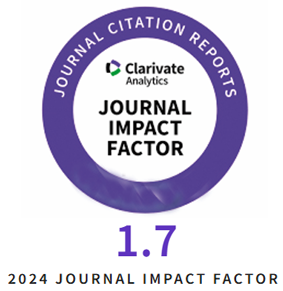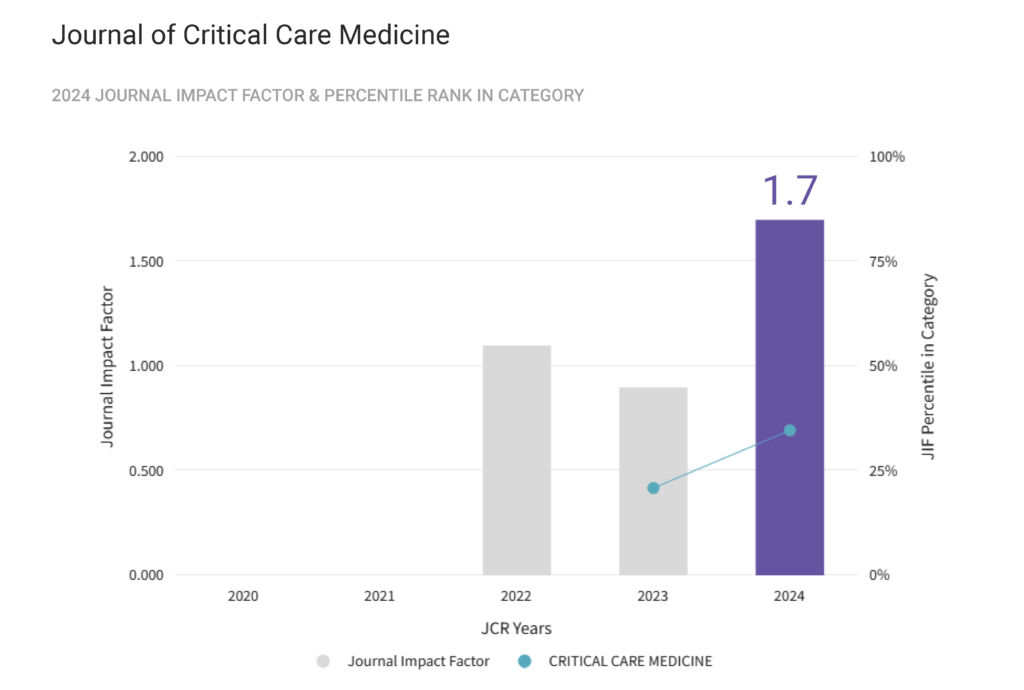The critically ill patient with primary multiple traumas and having secondary complications, presents a complex challenge to the trauma team. The most commonly encountered primary injuries are traumatic brain, spinal cord, pulmonary and abdominal injuries or trauma to the pelvis and the extremities. Moreover, severe inflammations, infections, hyper-metabolism, as well as biochemical and physiological imbalances, lead to a significant increase in morbidity and mortality.
Most recently, the role of free radicals has been a largely debated and reported topic. Once produced in excess, free radicals are responsible for inducing oxidative stress. The redox species known to have a destructive effect on cells include the superoxide anion, the hydroxyl radical, hydrogen peroxide, nitric oxide, peroxynitrite, lipid peroxyl and alkoxy lipid. Under normal conditions, free radicals are produced in the human body in small amounts, their activity being minimized by the body’s physiologically anti-oxidant systems which include superoxide dismutase, catalase, glutathione, glutathione peroxidase, peroxiredoxins, and glutaredoxins.
In the critically ill patient, severe physiological and biochemical imbalances significantly reduce the body’s anti-oxidant capacity, disrupting the redox balance [1]. A series of biomarkers are in use, designed to quantify oxidative stress. These comprise interleukin 1 beta, interleukin 6, interleukin 10, tumor necrosis alpha, components of the complement, plasmatic levels of antioxidant enzymes and the microRNA species [2]. [More]
Category Archives: Editorial
Fading Sugammadex, or Just Cautiously (re) Considered?!
Sugammadex, a synthetic cyclodextrin sodium salt, was heralded and initially marketed as the first selective relaxant binding agent (SRBA) designed to reverse rocuronium [1]. This chemically modified cyclodextrin basically swallowed rocuronium removing it from the effector site, which was a “paradigm shift” from the then current methodology [2]. Following the launch of rocuronium and the rapidly spreading practice of intubation on rocuronium in rapid sequence instead of succinylcholine, a need to reverse muscle relaxation in case of intubation failure emerged. Moreover, the well-known undesirables side effects of cholinesterase inhibitors needing blunting by coadministration of muscarinic antagonists enlarged the odds of experiencing unwanted extra drug effects [3]. Further studies supported the use of sugammadex to reverse a life-threatening situation defined as “cannot intubate, cannot ventilate” [4]. It was a genuine revolutionary approach [5].Thus sugammadex appeared as a rescue drug. It was then used as the best, the most rapid and the safest if not the single solution to reverse curarization, although controversies as to the standard ofrapid sequence induction and intubation[6] are going on [7]. The odds were favorable and still are if it were not for certain voices to say “nay” to sugammadex as a routine drug based mainly on cost related issues. [More]
Critical Thinking for Critical Care
It is a great privilege to introduce the Journal of Critical Care Medicine, a new international publication aiming to promote the dissemination of scientific information in the treatment of the critical ill.
The JCCM, a multidisciplinary journal, will publish high-quality scientific papers covering different aspects related to the care of critical ill patients covering a broad spectrum of therapeutic disciplines, such as general surgery, perioperative care, cardiology, internal medicine, pneumology, infectious diseases, organ transplantation, emergency medicine or neurology.
Critical care medicine is a rapid expanding field. Recent progress in medical science and technology has led to a significant increase in the number of patients with life-threatening conditions who can benefit from increasingly wide-ranging monitoring and care. Significant resources are nowadays invested in the complex effort to discover and develop new approaches dedicated to improve the progress of these patients and to ensure a fast clinical and functional recovery.
In Central and Eastern European countries, complex strategies are required to align critical care models to the best current standards of care on international level. There is an obvious need, for a new journal dedicated to the exchange of information within the medical community dedicated to treating the critically ill. The necessity for a such a journal arises not only from the high relevance of the topics covered, but also from the paucity of journals in this part of Europe, dedicated to subjects relating to the critical ill. The JCCM will address these needs with specific regard, but not exclusively, to those of Central and Eastern European countries. [More]










